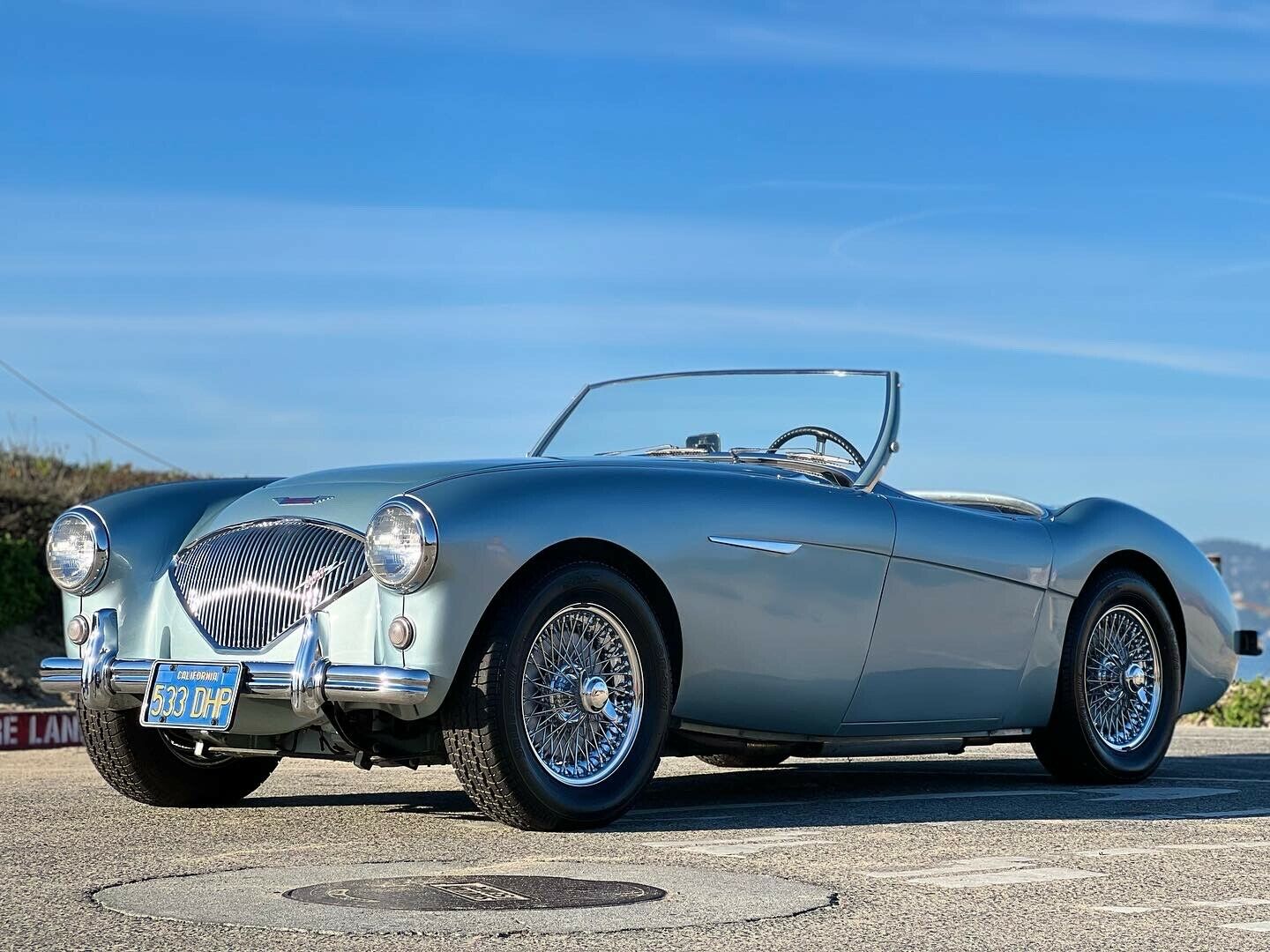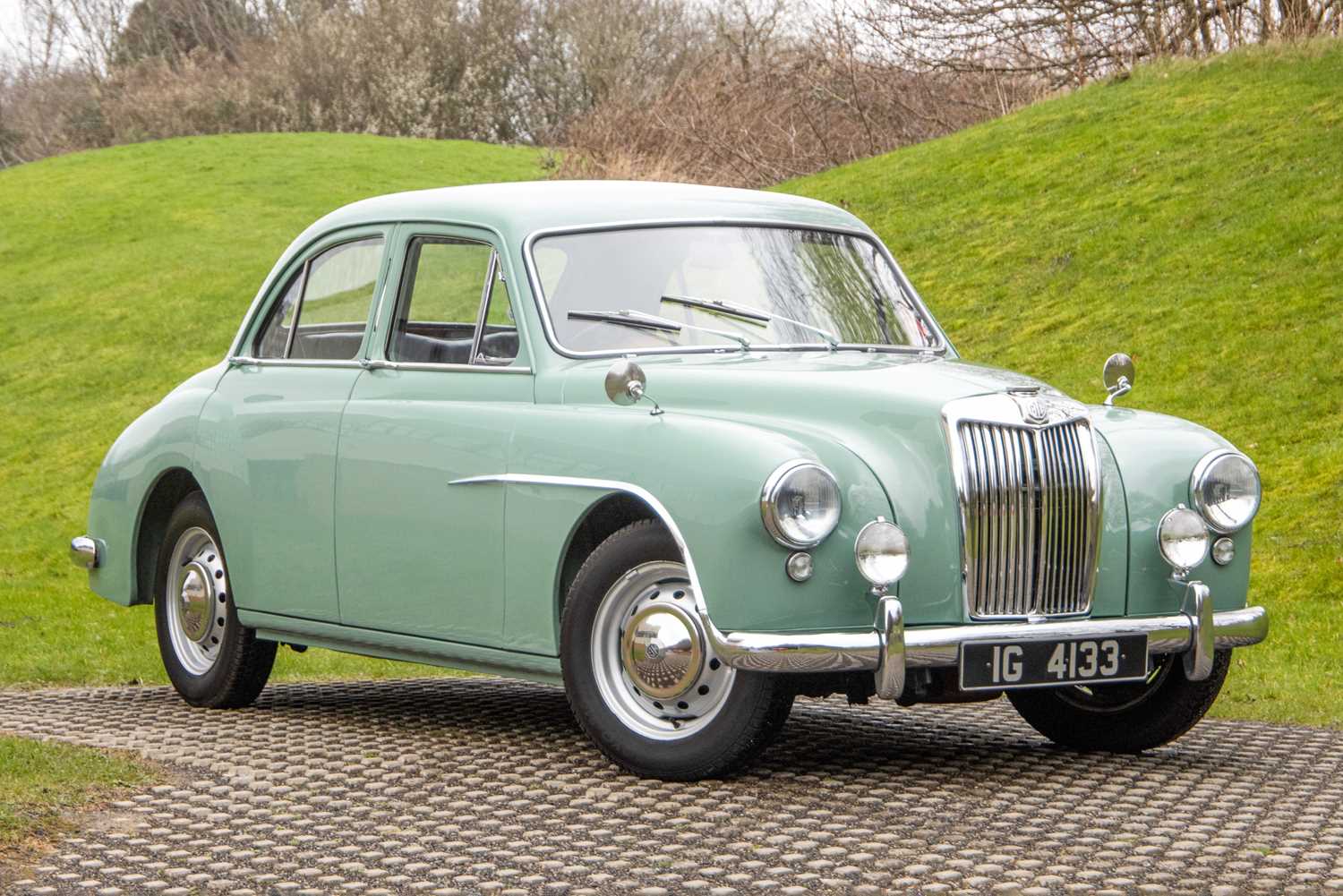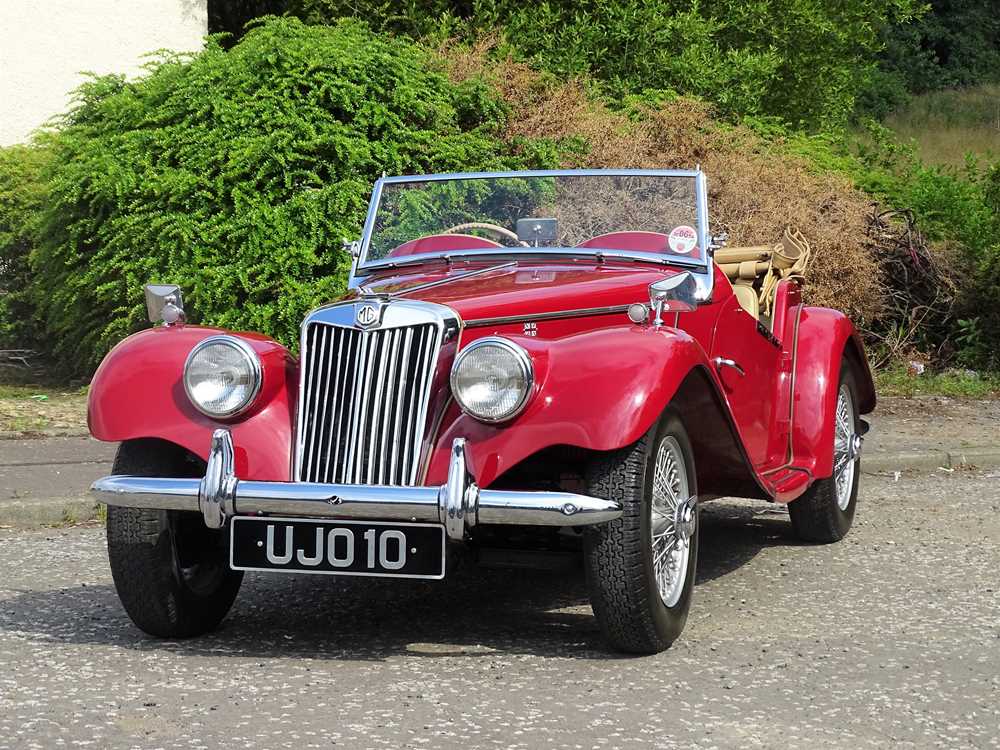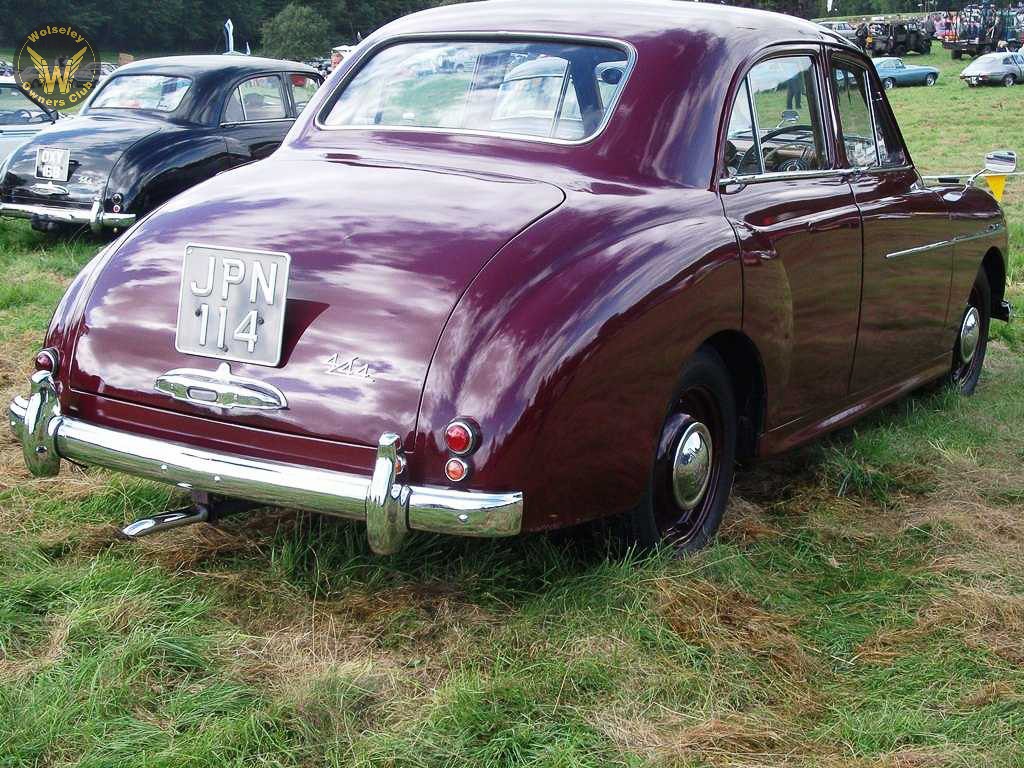The British Motor Corporation was formed in 1952 by the merging of Austin, Morris, and numerous other marques owned by the latter.In 1966, it merged with Jaguar to establish British Motor Holdings, which would later become British Leyland.
Those years reflect the start and end of what may be referred to as the BMC period, which we're covering here via the cars released by the firm throughout that time.BMC was an excellent practitioner of what became known as badge engineering (producing virtually the same vehicle under many labels), and although we will examine select closely related models individually, we will not do so in all cases.
1952 Austin A40 Somerset

Austin's initial postwar models were the four-door A40 Devon and two-door A40 Dorset, which debuted in 1947 and were powered by 1.2-litre engines. Austin continued its trend of naming cars after English counties, replacing them both at the start of the BMC era with the A40 Somerset, which had the same engine but more modern body styling influenced in part by American cars. The Somerset, which was available as a four-door saloon and a two-door convertible (the latter marketed, somewhat confusingly, as the Coupé), lasted only two years before being replaced by something substantially more modern. It was also one of two BMC vehicles (the second of which will be discussed momentarily) made in Japan under license by Nissan.
1953 Austin Metropolitan

Austin's initial postwar models were the four-door A40 Devon and two-door A40 Dorset, which debuted in 1947 and were powered by 1.2-litre engines. Austin continued its trend of naming cars after English counties, replacing them both at the start of the BMC era with the A40 Somerset, which had the same engine but more modern body styling influenced in part by American cars. The Somerset, which was available as a four-door saloon and a two-door convertible (the latter marketed, somewhat confusingly, as the Coupé), lasted only two years before being replaced by something substantially more modern. It was also one of two BMC vehicles (the second of which will be discussed momentarily) made in Japan under license by Nissan.
1953 Austin-Healey 100

For two decades, big Austin and Donald Healey's considerably tiny firm worked together. Its first fruit was the 100 sports vehicles, later dubbed the 100-4 due to its 2660cc four-cylinder Austin engine. In 1956, it was replaced by the slightly larger 100-6, which used a 2639cc BMC C-series straight-six engine. The production of 100s came to an end in 1959, making way for the third, final, and most iconic of the Big Healey automobiles.
1953 MG Magnette

MG aficionados who attended the 1953 London Motor Show were unimpressed by the new Magnette. Their concerns concentrated on the fact that this was not an MG, but rather a Wolseley 4/44 saloon. In its favour, the Magnette possessed a 1489cc B-series engine (described by MG as 'a dreadful engine, but free from bugs') rather than the Wolseley's older 1250cc unit. The B-series generated 60bhp in the original ZA version of the Magnette, which increased to 68bhp when the car was upgraded to ZB specification in 1956.
1953 MG TF

The MG TF created sadness among the devout to a similar level as the Magnette, albeit for different reasons. This was the final in a line of T-type Midgets dating back to 1936, and there was surprise that MG was still producing a car with such pre-war appearance in the 1950s, especially when Austin-Healey, under the same ownership, had just introduced the significantly more modern 100. At the very least, the advent of the 1489cc B-series engine, which was larger and more powerful than any other T-type, was a bonus. More 1250s were built than 1500s, although the latter helped to sustain a robust manufacturing run of approximately 10,000 TFs in a year and a half.
1953 Wolseley 4/44

As previously stated, the 4/44 was the vehicle from which the MG Magnette ZA was developed. The differences between the two were restricted to their names, styling features, and, most importantly, their engines. While the MG used a 1498cc BMC B-series engine, the less sporty Wolseley relied on an outdated Morris 1250, making it significantly slower than the MG. The B-series was introduced to replace the 4/44's otherwise extremely similar 1956 replacement, known as the 15/50.
1954 Austin Westminster

The first Austin Westminster, coded A90, appeared to be identical to the A40 and A50 Cambridge. It was, however, larger in all dimensions and powered by a 2639cc C-series straight-six. The A90 was only produced until 1956, although more Westminster followed, with the final two (A99 and A110) joining BMC's range of huge Pinin farina-styled saloons.
1956 Austin A35
The Austin A35 was the successor of the A30, which had already been fully designed (and demonstrated to the public) before BMC was founded. The A30, along with the Morris Minor, was one of the first vehicles to be equipped with the new BMC A-series engine, which had an 803cc displacement at the time. The A35's engine was increased to 948cc (and later to 1098cc for the van version), providing a useful power improvement.